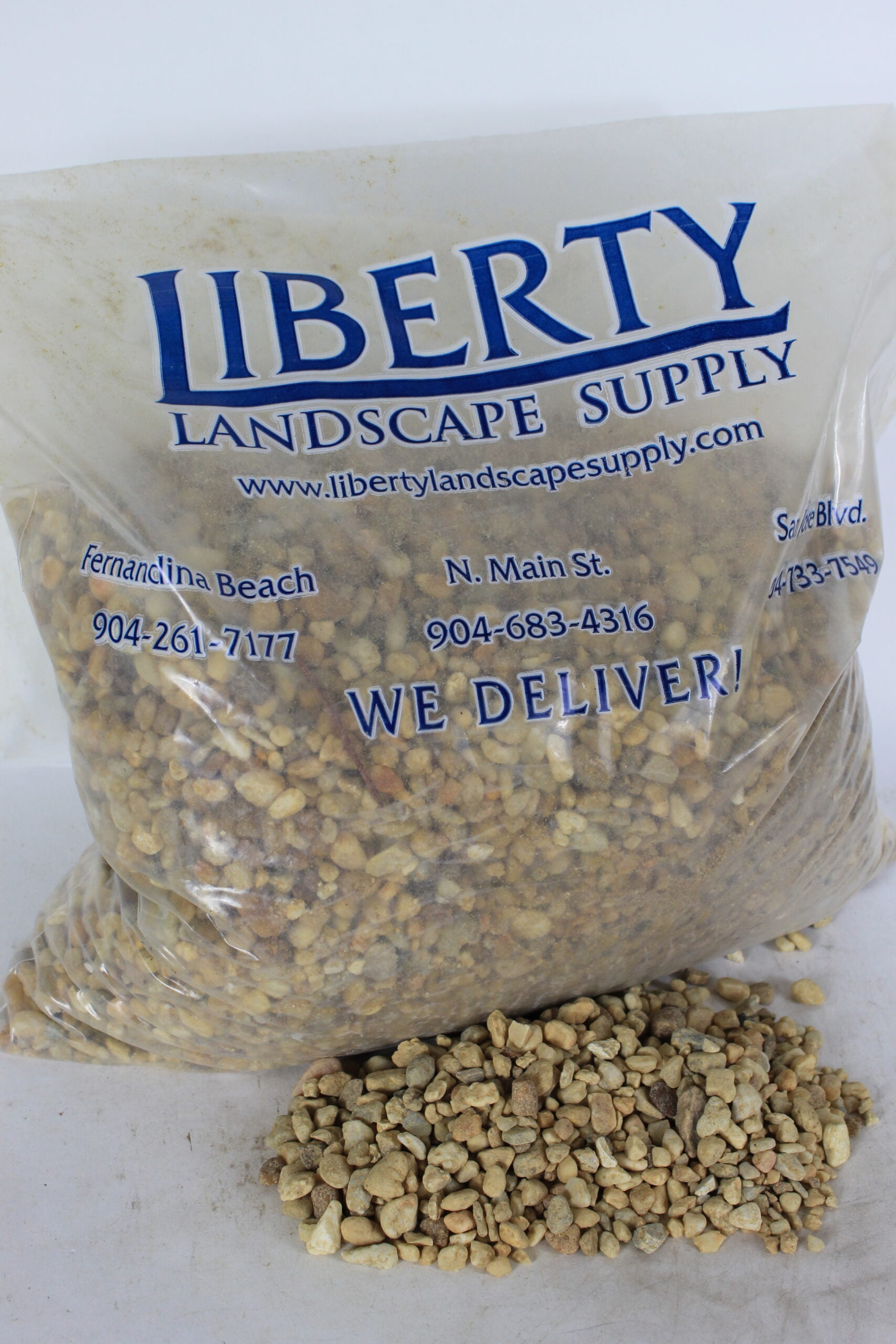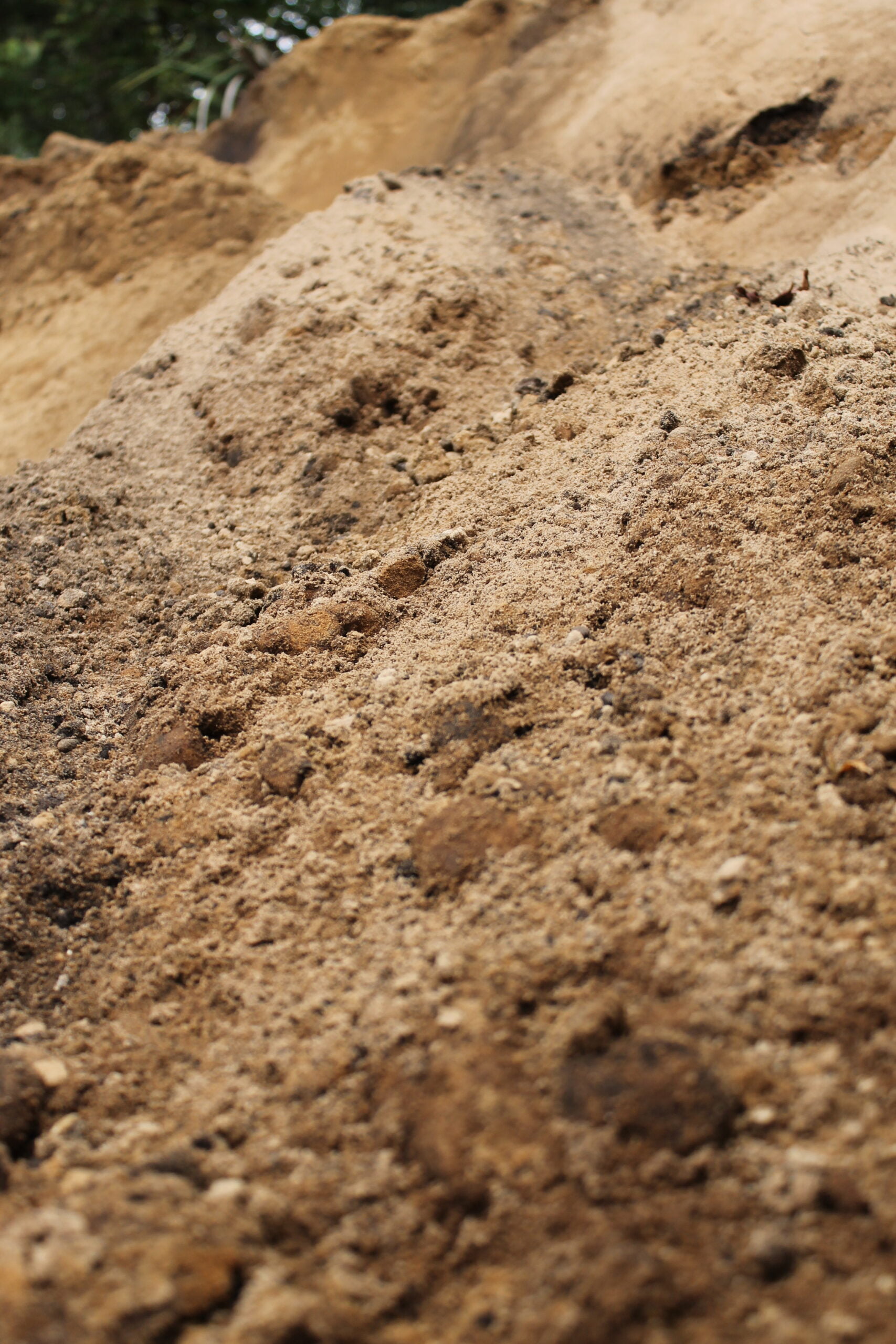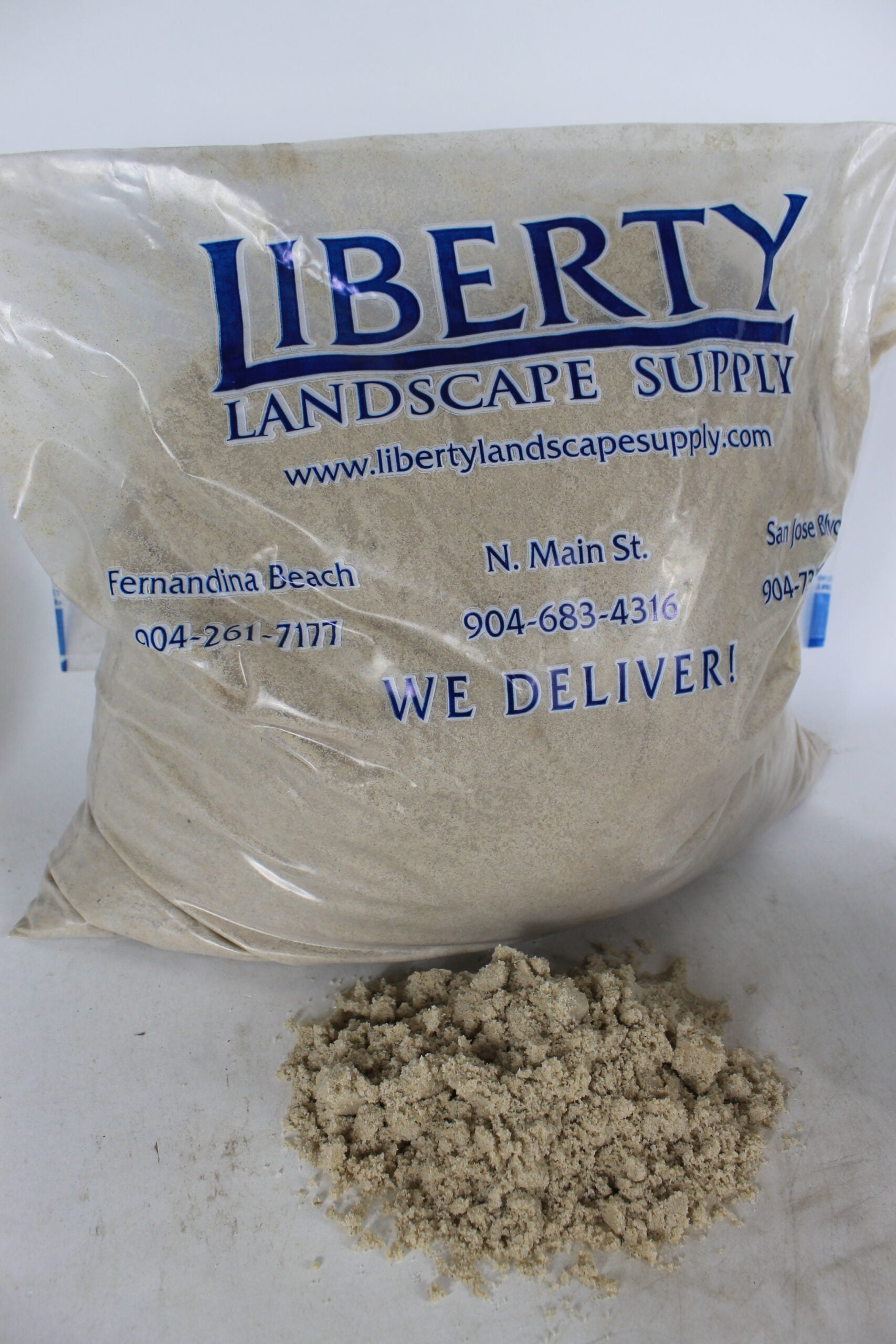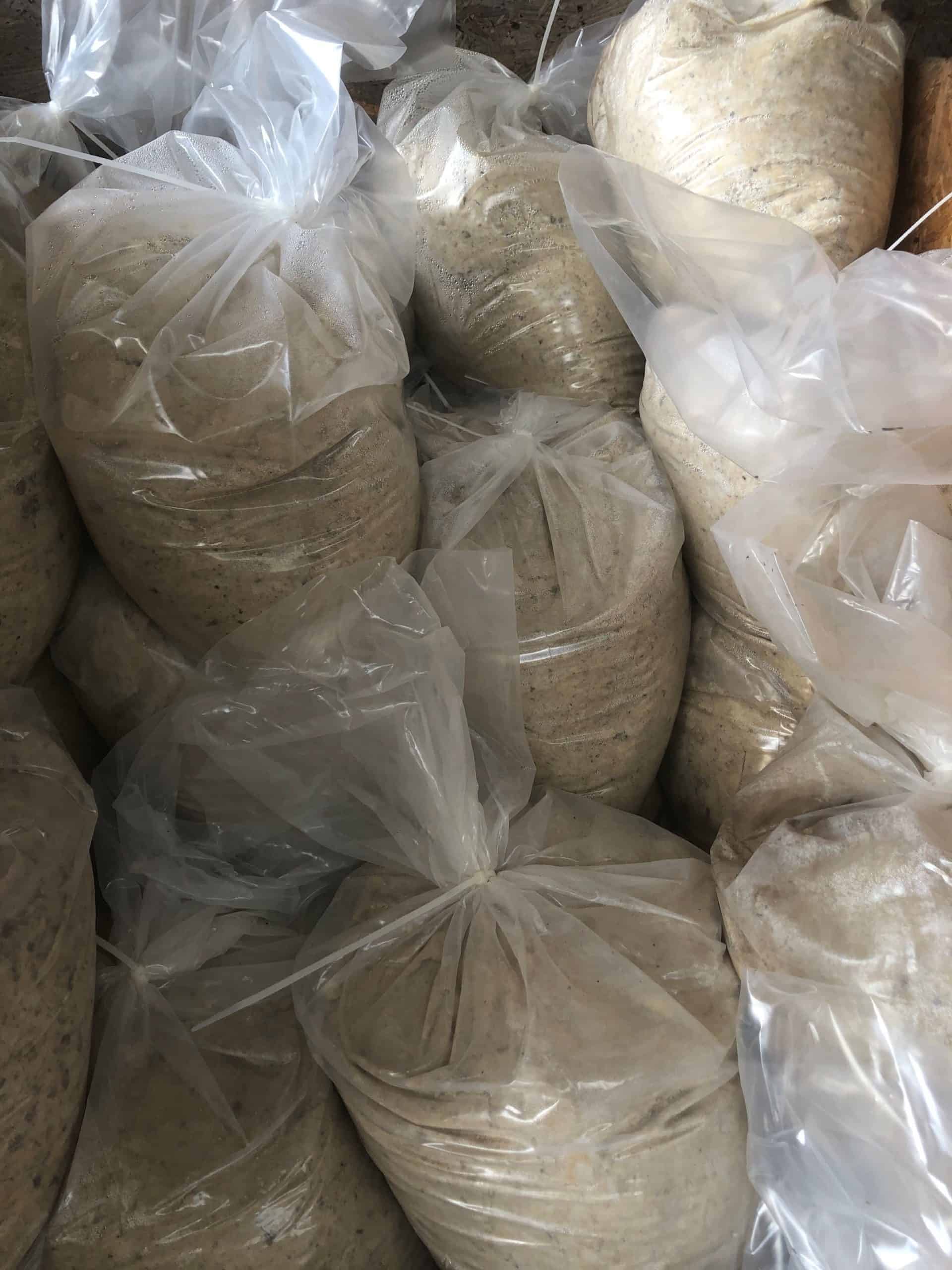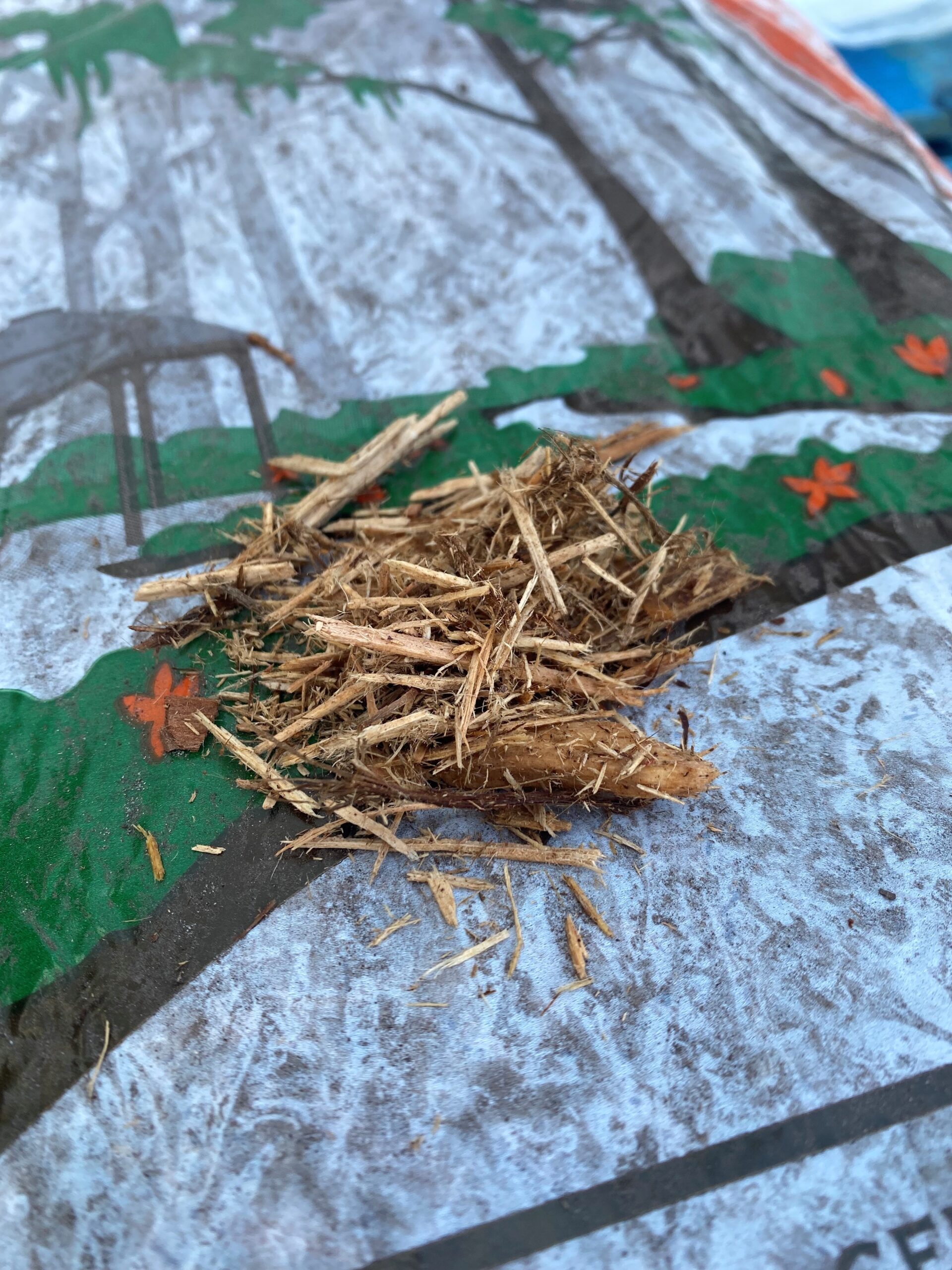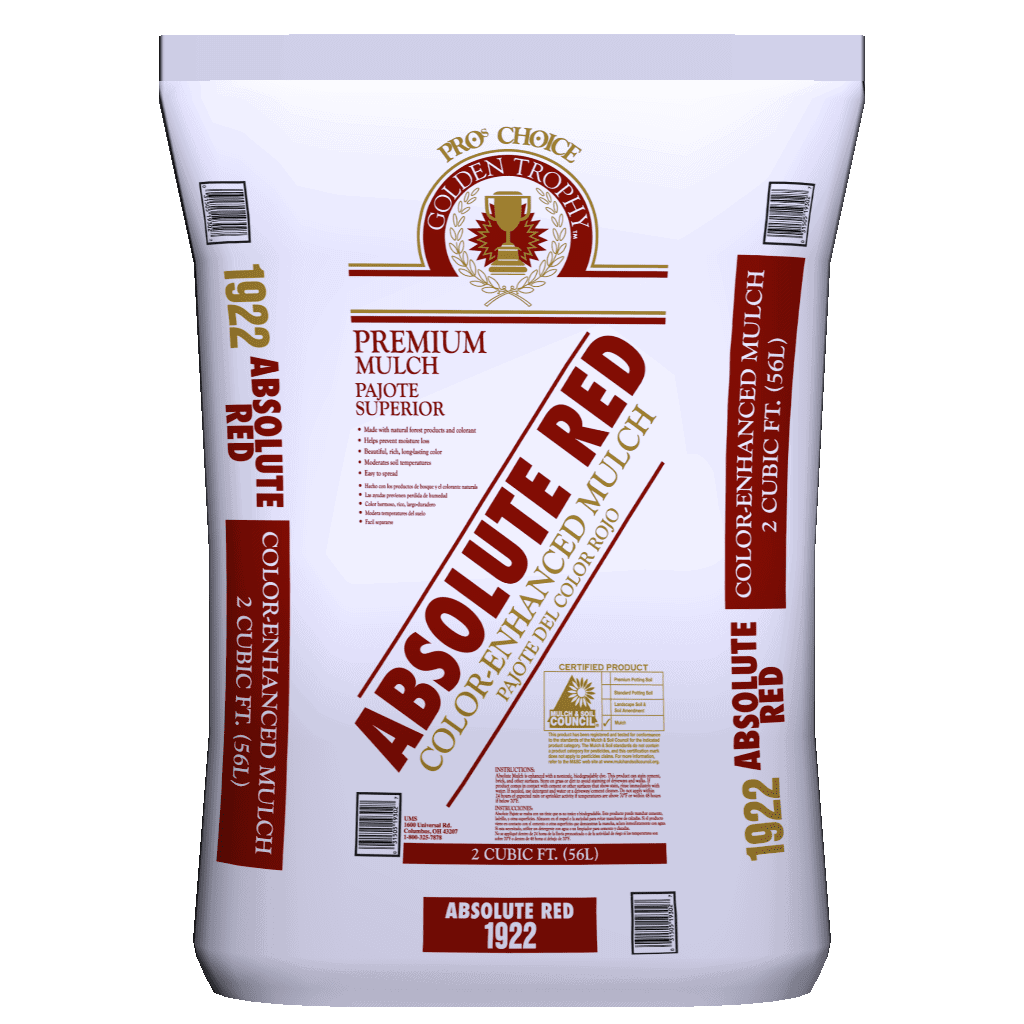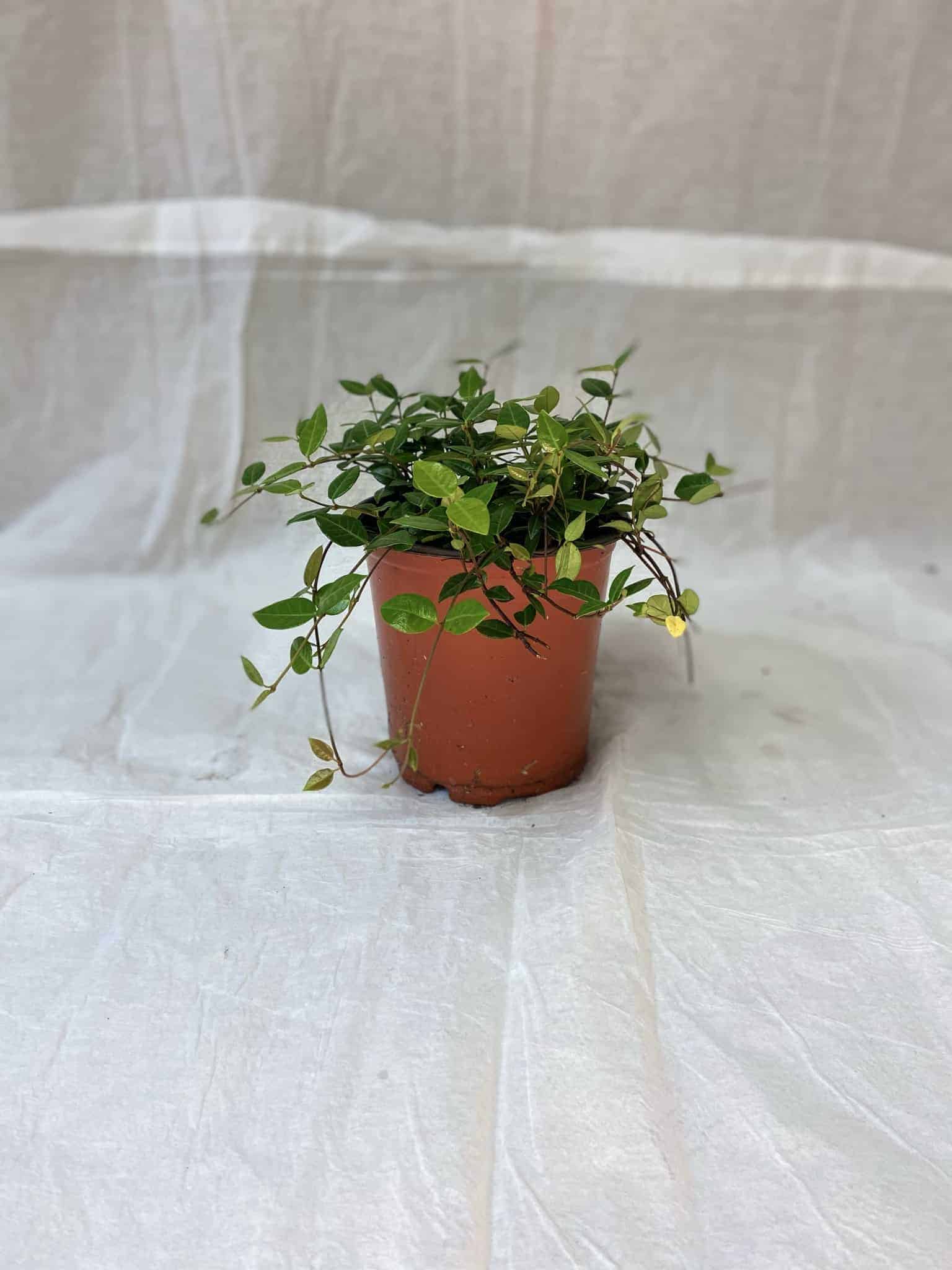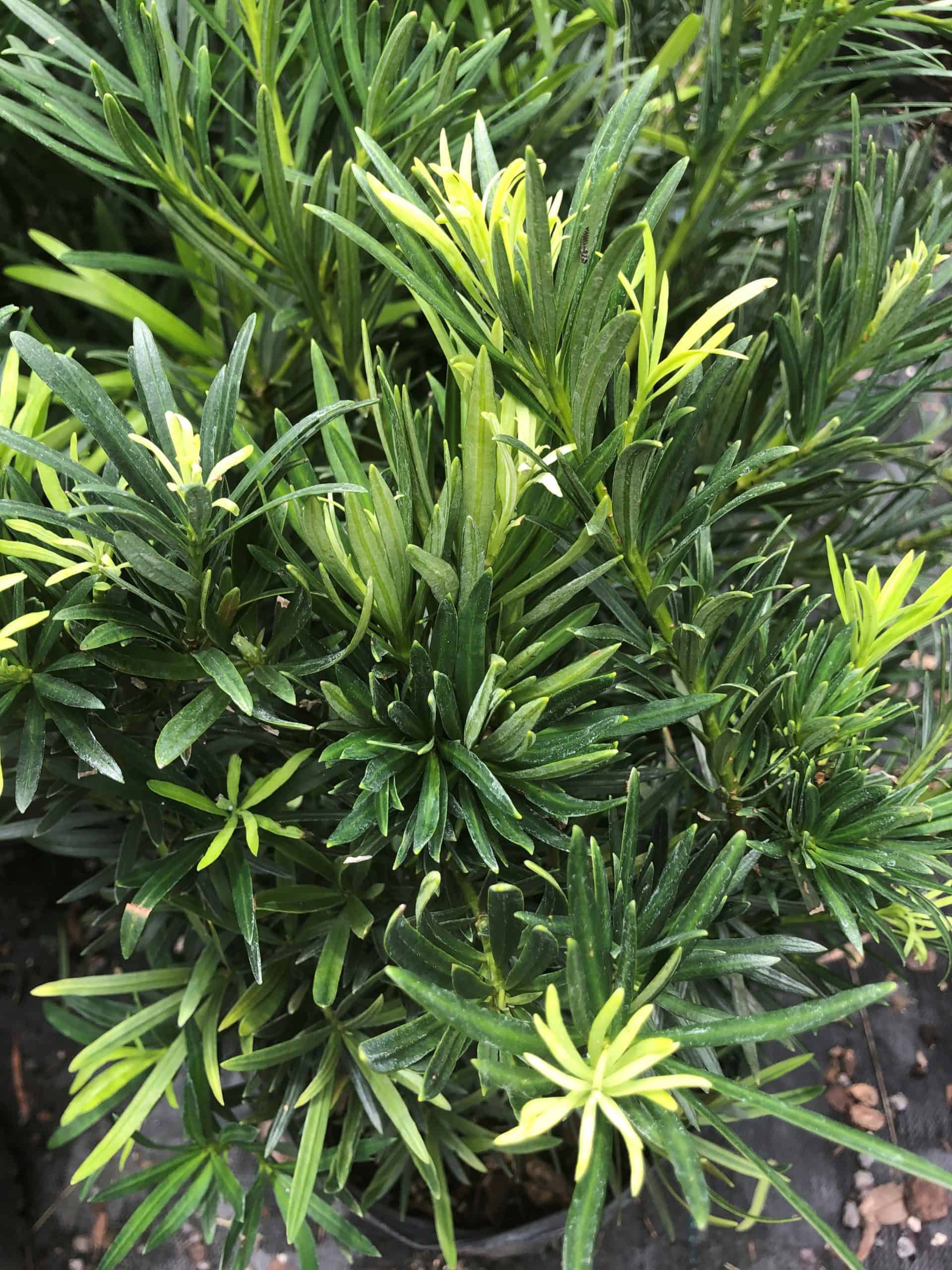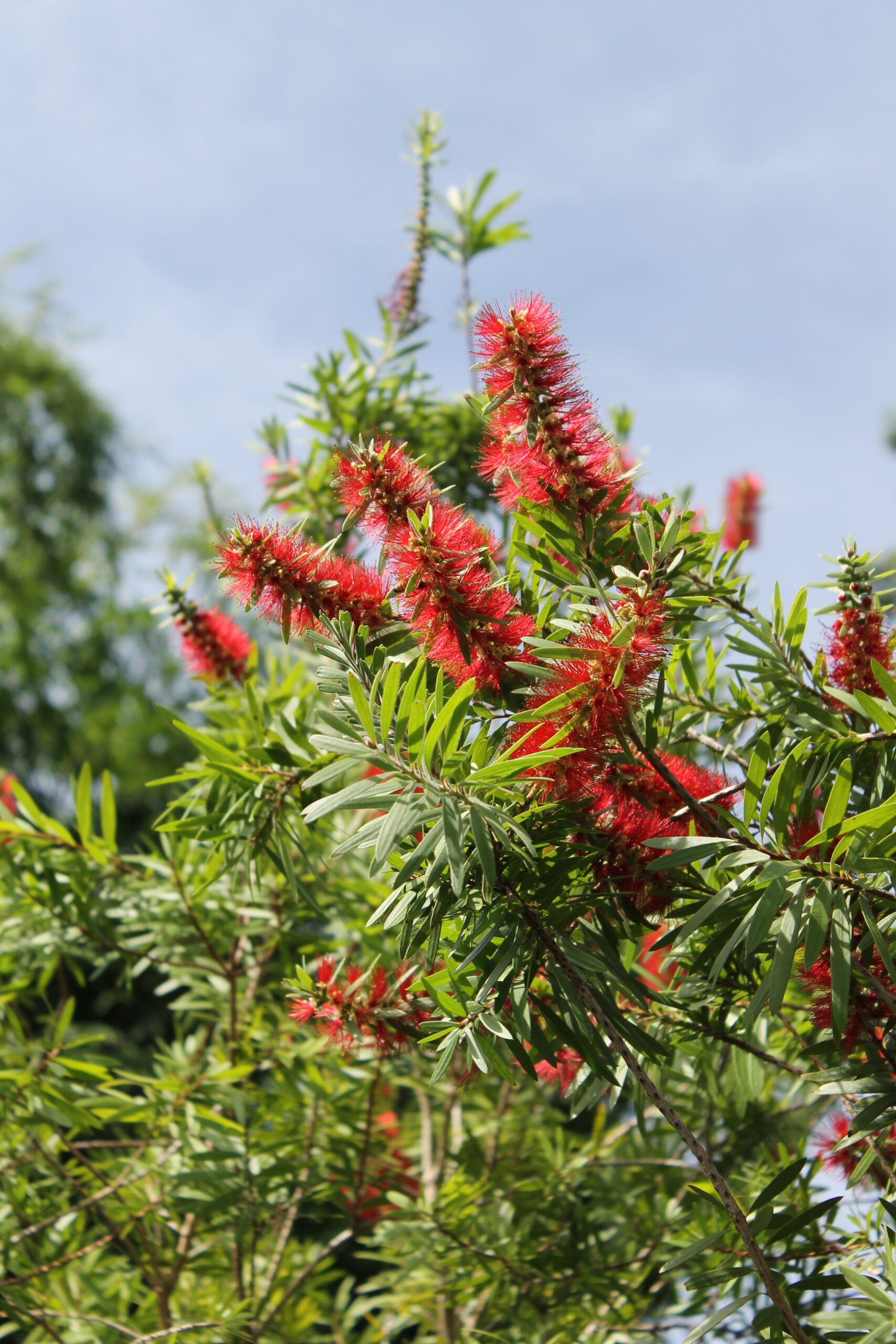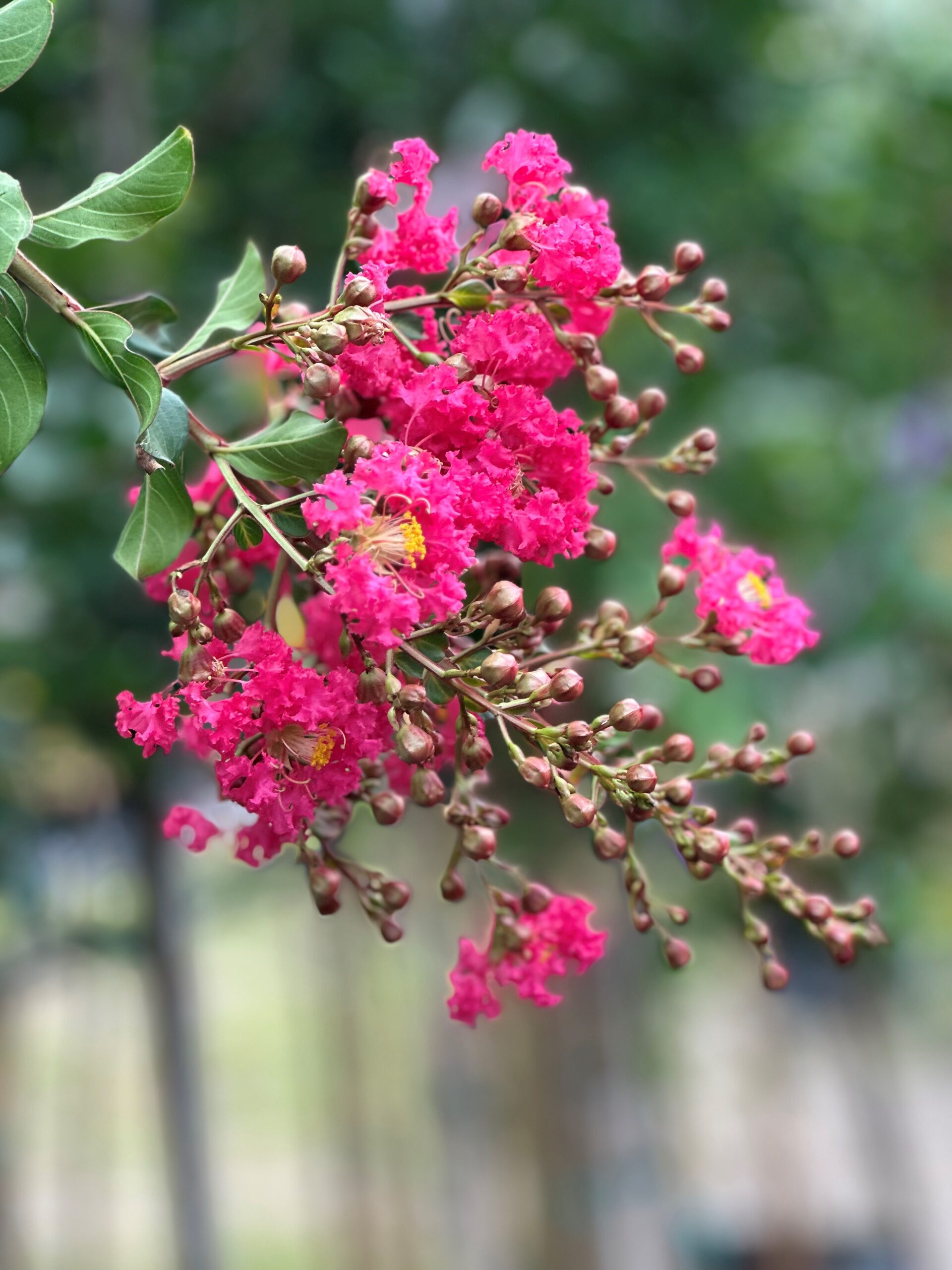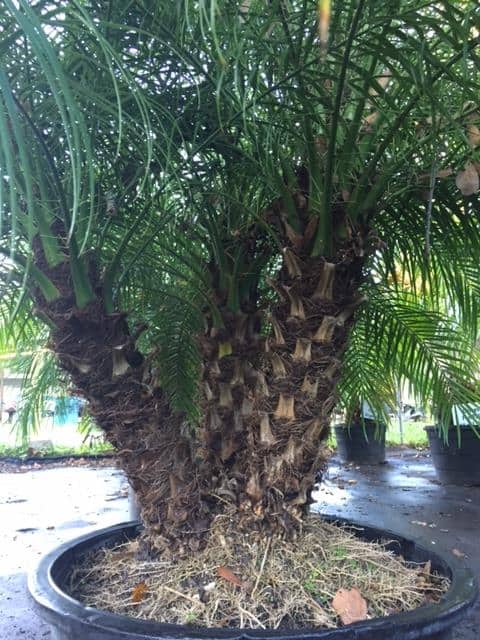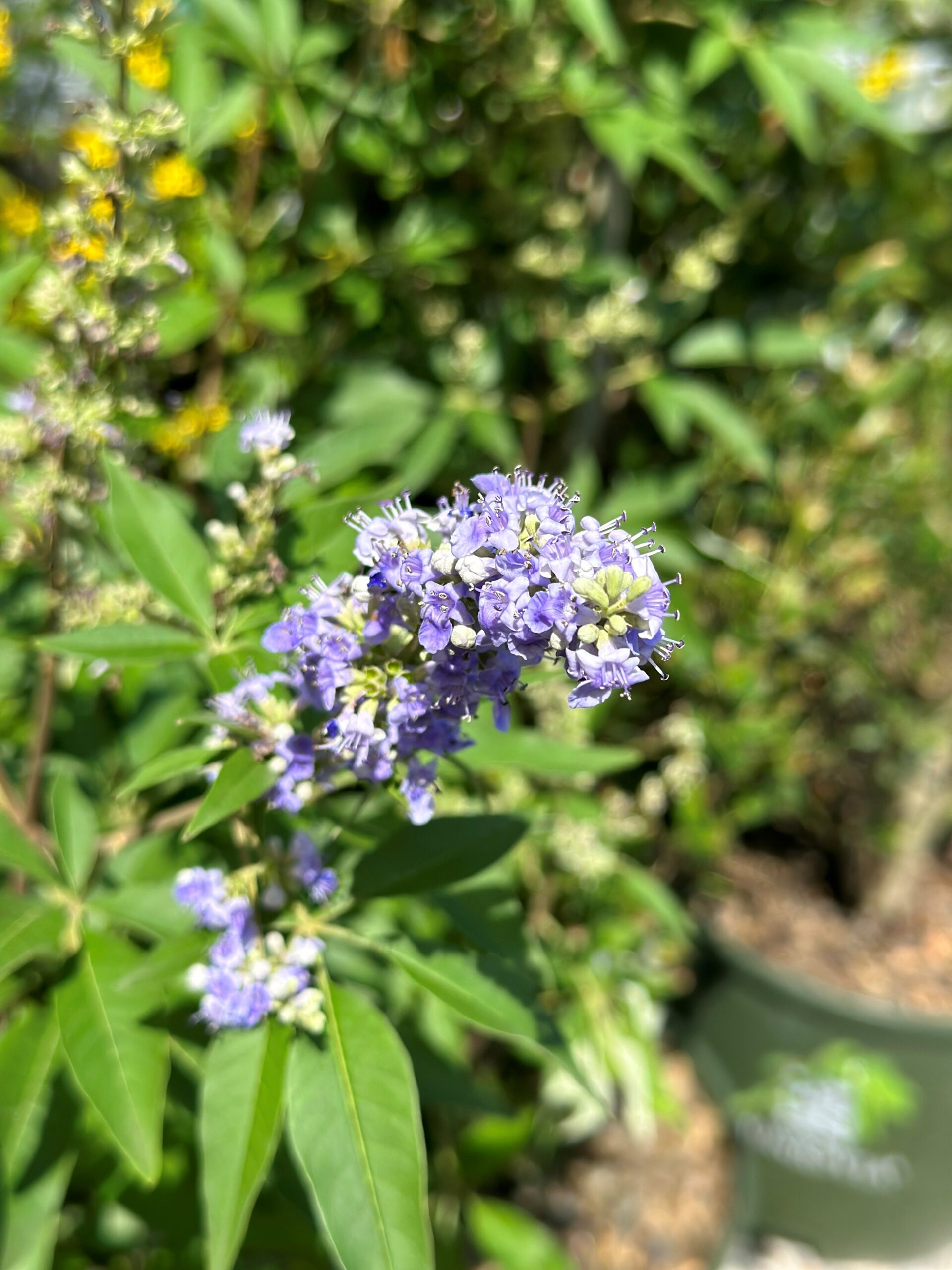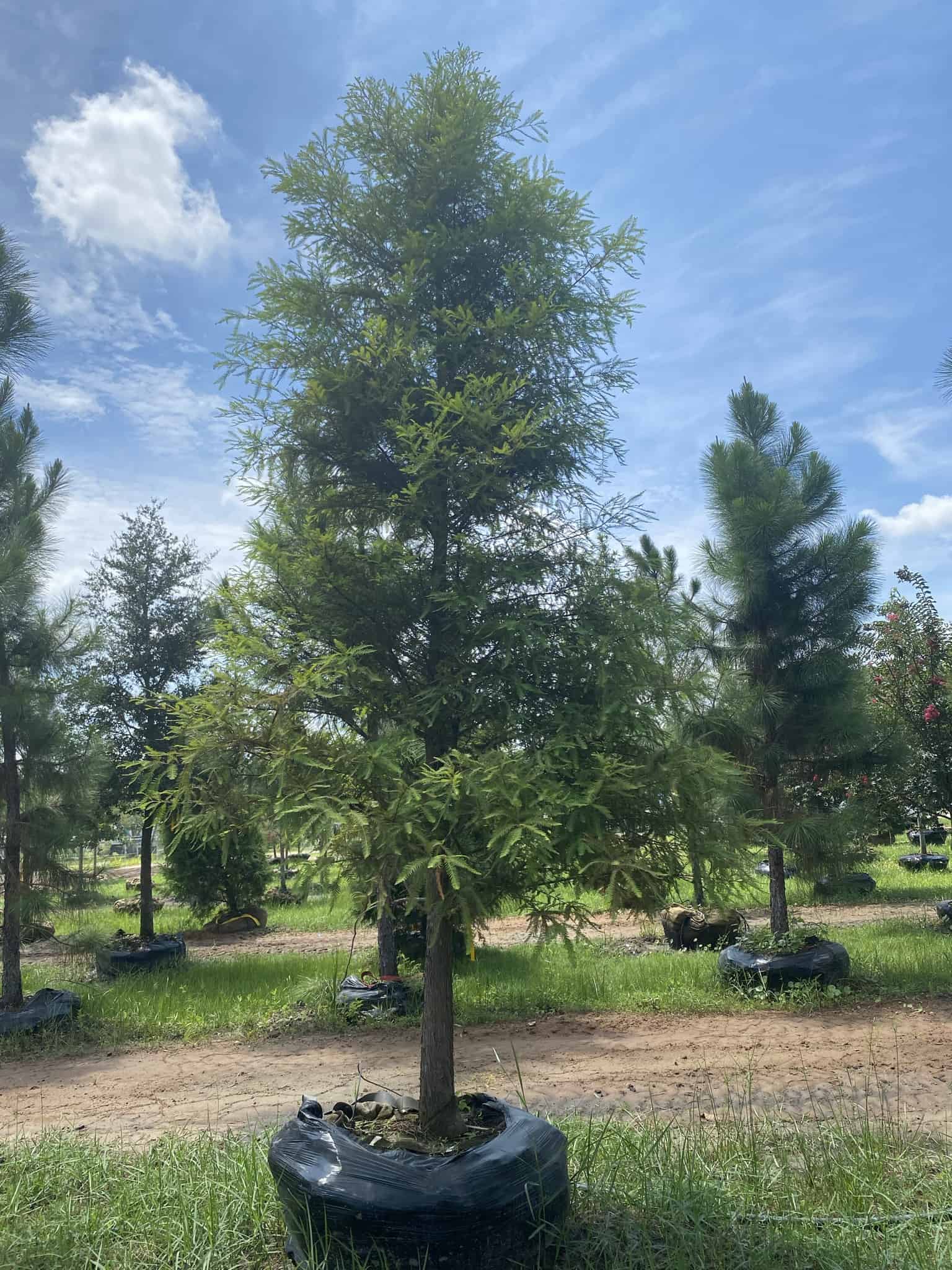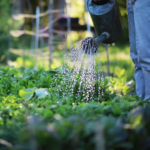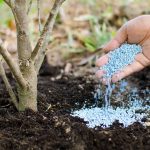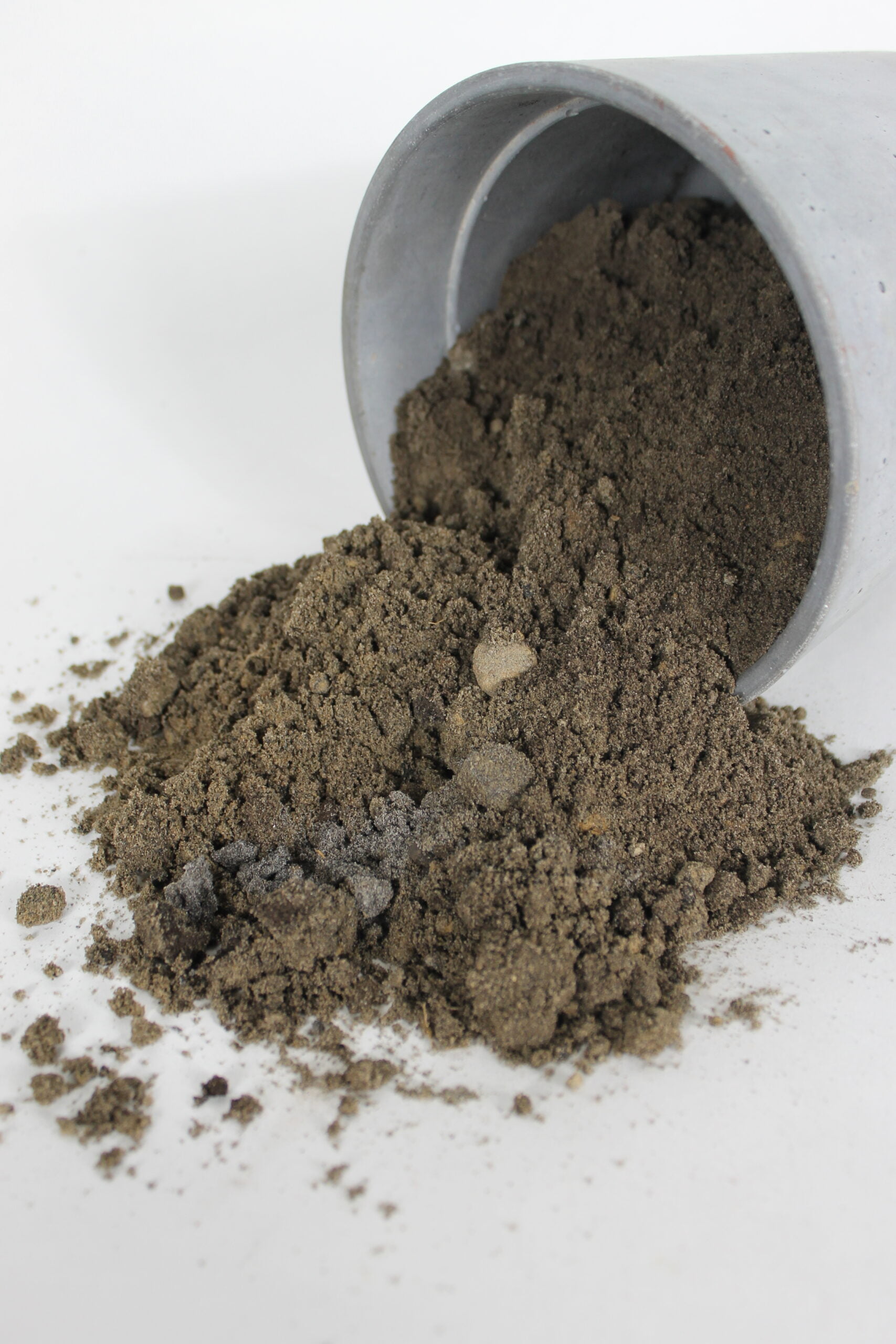There is nothing worse than your tender perennials and tropical plants freezing beyond revival. You worked so hard to get them into the ground and you want to increase their chances of survival through spring. But what do you do after a freeze?
There are many ways to protect your plants; these three steps will give your plants an edge over unprotected plants and we think you’ll find them easy to accomplish.
PRIOR TO FREEZE
1. MULCH- If it has been six months since you last mulched your beds, now is an imperative time to complete this task. You want to create a thick layer around the root ball to insulate them during the winter (2-6 inches depending on plant). DO NOT allow mulch to directly touch any of the stems or trunk of your plant. This could create poor air circulation and invite bacteria, fungi and damaging insects to feed on your plant.
2. WATER- Although your plants are dormant during winter months, they still require some degree of water. At least once week is a good general rule to follow except when there is a freeze warning in effect. If a freeze warning is in effect, you should plan to water in your plants at least 24-48 hours prior to freezing temperatures. This avoids desiccation and insulates soil and plant cells.
3. COVER- There are many ways to cover plants and every person may have their own success and failures when properly covering plants. NEVER USE PLASTIC sheets to protect plants. Old blankets or curtains work. You can also purchase frost clothes. Whatever you chose, you should use a structure of some sorts to prevent the blanket from touching fragile plants. This could be tomato cages, crates, string, chair, ladder, bricks, whatever works. Next, you will want to have a large enough blanket to cover the plant entirely, avoiding gaps where air can breeze through. Beach towel clips are excellent for combining sheets for larger plants.
Additionally, you can bring smaller plants or bunch them together under larger bushes or trees. Have you ever noticed plants directly under large trees tend to suffer less damage during a freeze? You can observe this during the morning dew as well.
AFTER A FREEZE
Lastly, be sure to remove any covers off the plants so they can receive warmth and sun light during the day. If it is expected to freeze again, cover plants prior to sun down. Do not prune frost damaged leaves or twigs. It will be hard to resist; however, this is particularly important to new plants that the roots are not yet established. You may clean up annuals if another freeze is not expected in the near future. If you are unsure what to do, you can always give us a call and ask about your particular plant.
-Vanneza Rivera
Landscape Horticulturist

